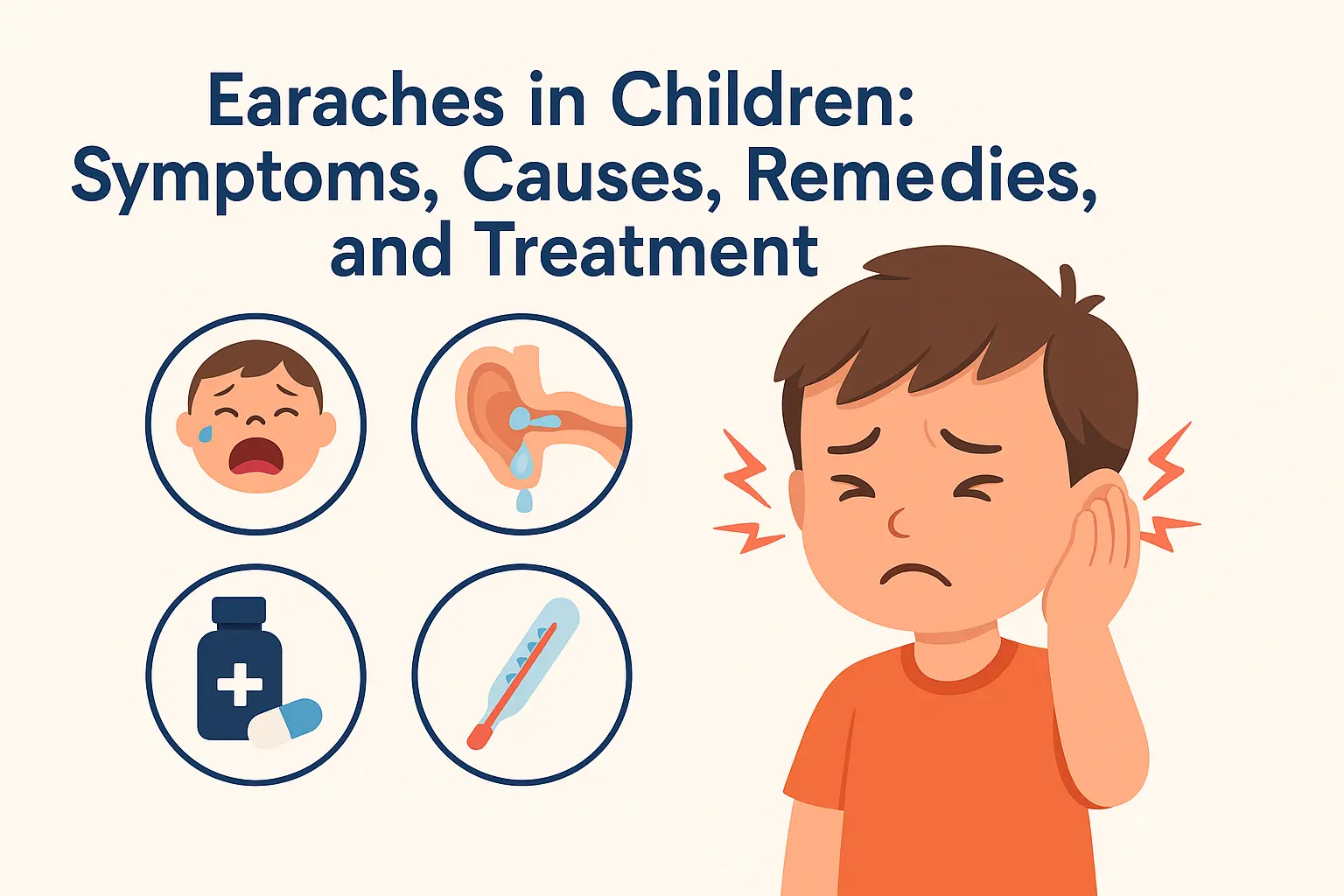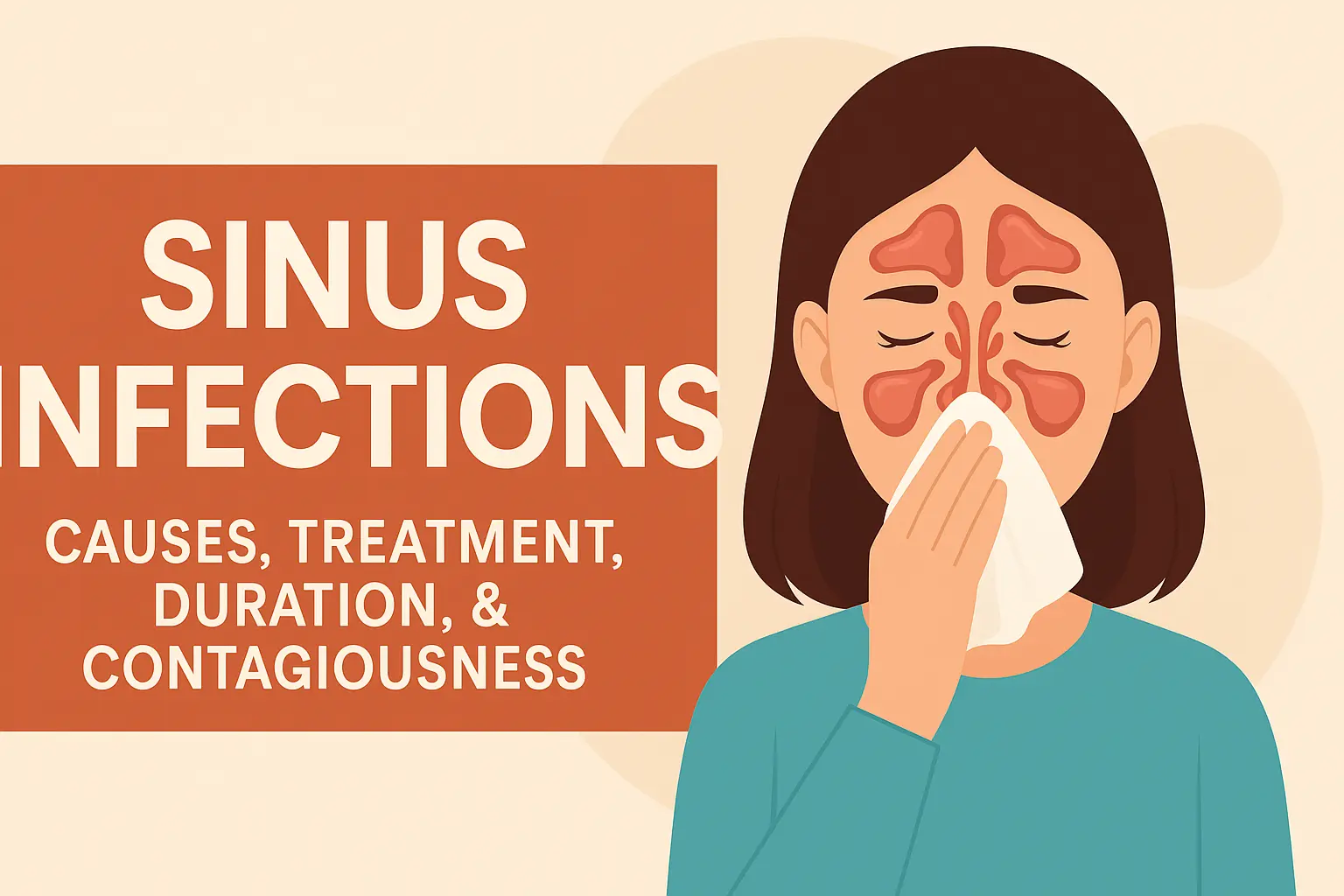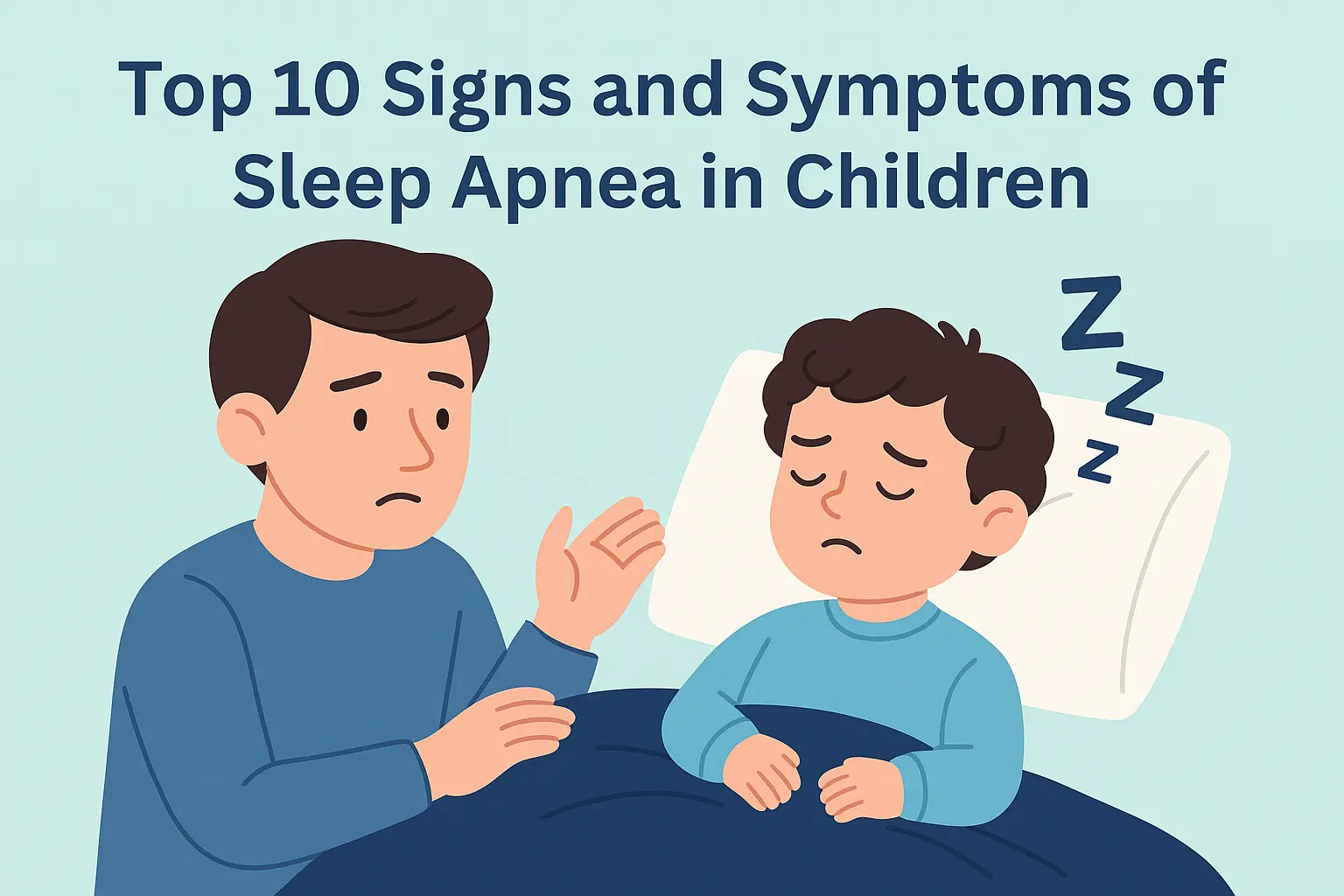Environmental factors play a crucial role in our overall health, and this includes the well-being of our ears, nose, and throat (ENT). Pollution and climate variations can have profound effects on these delicate areas, potentially leading to various health issues. In this article, we will explore the impact of environmental factors on ENT health and provide practical tips to mitigate risks.
Understanding the Vulnerability of ENT Health
The ear, nose, and throat are interconnected systems that are particularly vulnerable to external influences. Environmental factors can directly affect these areas due to their exposure to the surrounding air, pollutants, and climatic conditions.
1. Effects of Pollution on ENT Health
Pollution, both outdoor and indoor, poses significant threats to ENT health. Airborne pollutants can enter the respiratory system and cause irritation and inflammation. Individuals living in urban areas with high pollution levels may experience a higher incidence of ENT problems.
Practical Tip: Consider using air purifiers in your home to reduce indoor air pollution. When outdoors, especially in high-traffic areas, wear a mask to minimize inhalation of pollutants.
2. Climate Variations and Their Impact
Climate changes, including shifts in temperature and humidity, can influence ENT health. Dry and cold conditions may lead to dryness in the nasal passages and throat, making individuals more susceptible to infections.
Practical Tip: Stay hydrated to combat dryness. Use a humidifier in your home, especially during the winter months, to maintain optimal humidity levels.
3. Noise Pollution and Hearing Health
While often overlooked, noise pollution can have detrimental effects on hearing health. Prolonged exposure to loud noises can lead to hearing loss and other auditory issues.
Practical Tip: Use ear protection, such as earplugs or noise-canceling headphones, in noisy environments. Take breaks from loud surroundings to give your ears a rest.
4. Allergens and Respiratory Health
Allergens in the environment, such as pollen and mold, can trigger allergic reactions affecting the nose and throat. Seasonal allergies, if unmanaged, may lead to chronic ENT conditions.
Practical Tip: Monitor pollen forecasts and take precautions on high pollen days. Consult with an allergist to develop an effective allergy management plan.
5. Occupational Hazards
Certain occupations expose individuals to specific environmental hazards that can impact ENT health. For example, individuals working in loud industrial settings may be at a higher risk of hearing-related issues.
Practical Tip: Use appropriate protective gear at work, such as ear protection or masks, to minimize exposure to occupational hazards.
Conclusion
As we navigate an ever-changing environment, prioritizing ENT health becomes essential. By understanding the impact of environmental factors and adopting practical measures, we can safeguard our ears, nose, and throat from potential risks. Regular check-ups with an ENT specialist can also help in the early detection and management of any emerging issues.
Remember, a proactive approach to environmental factors can go a long way in preserving your overall health and well-being.




